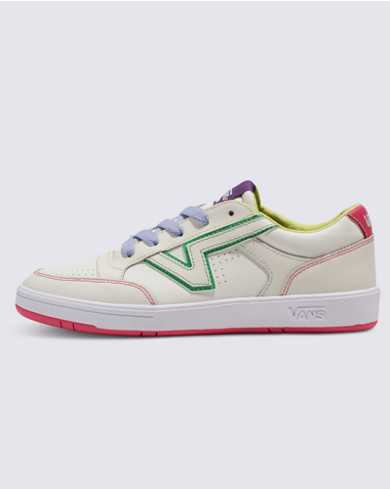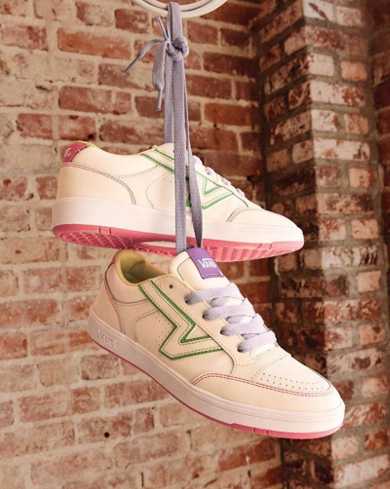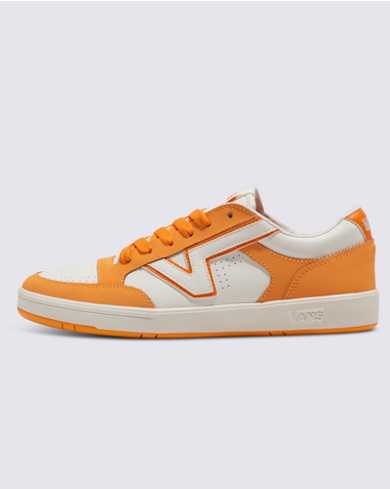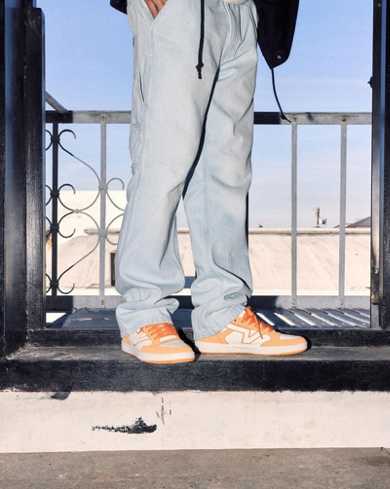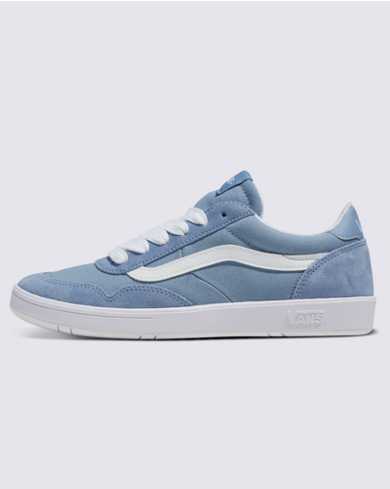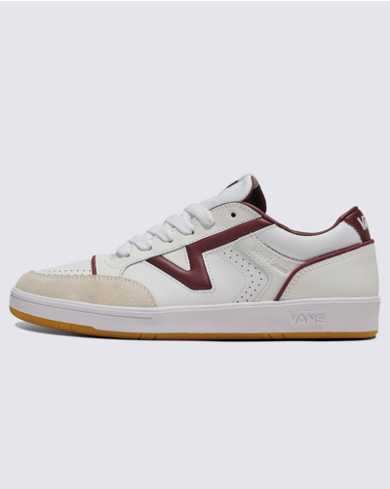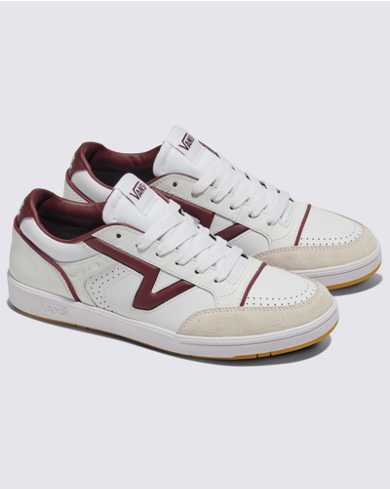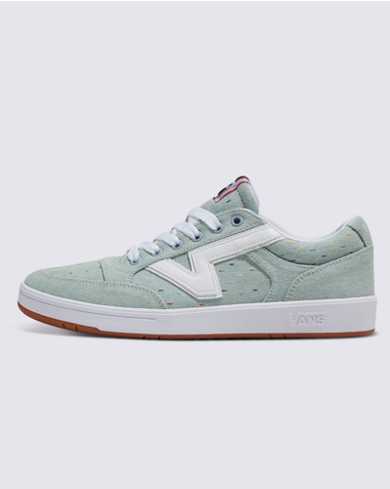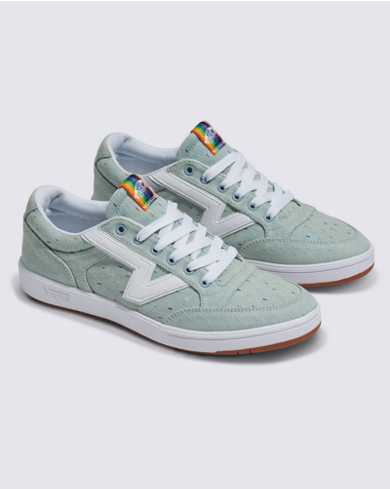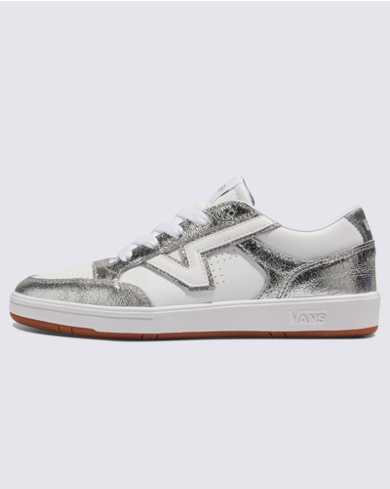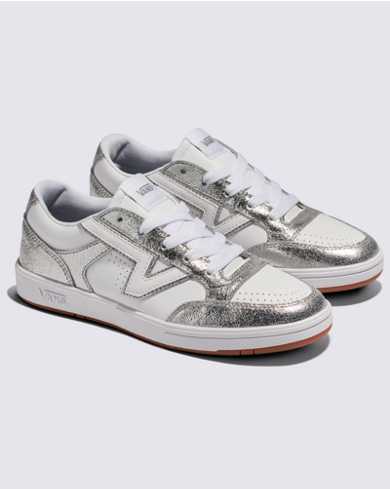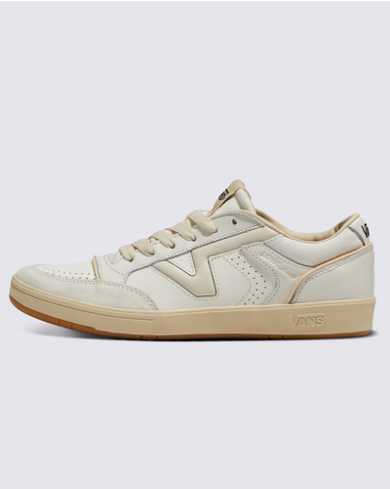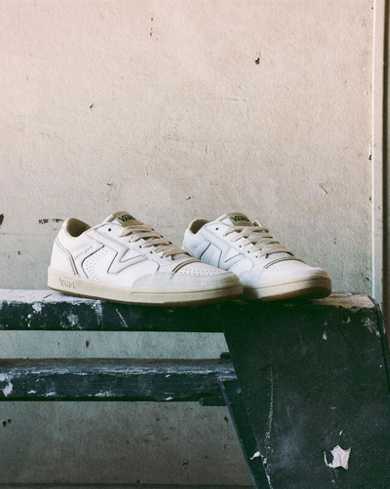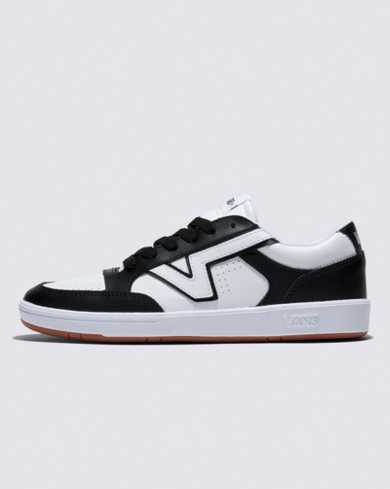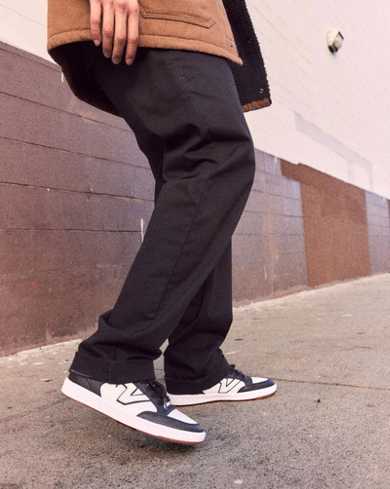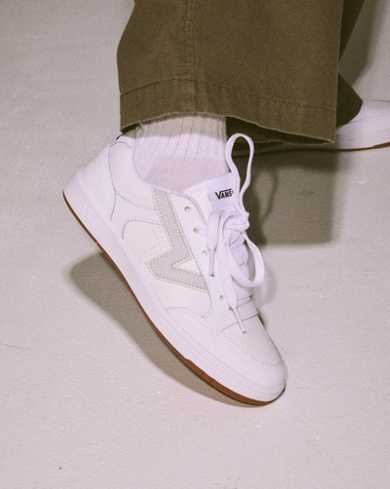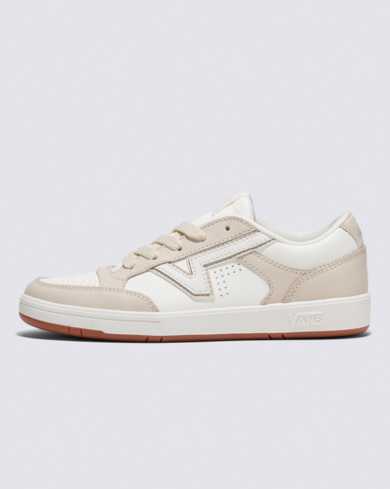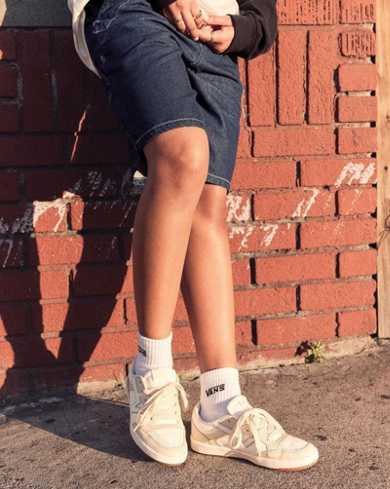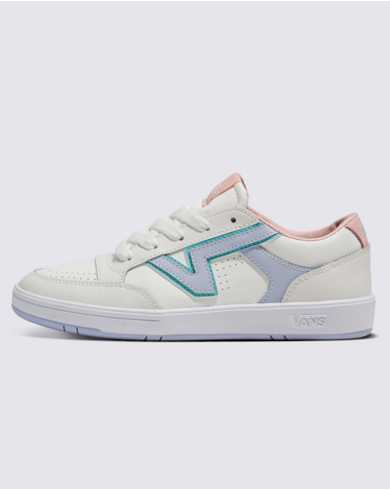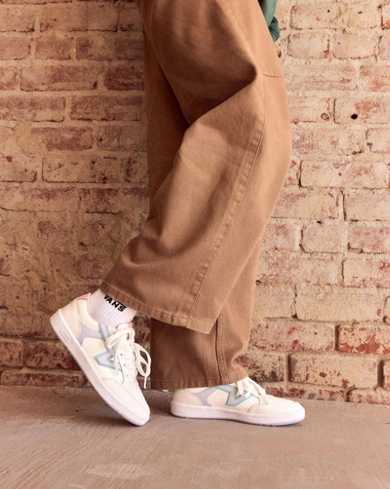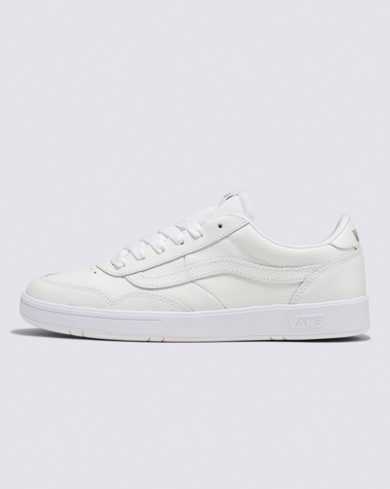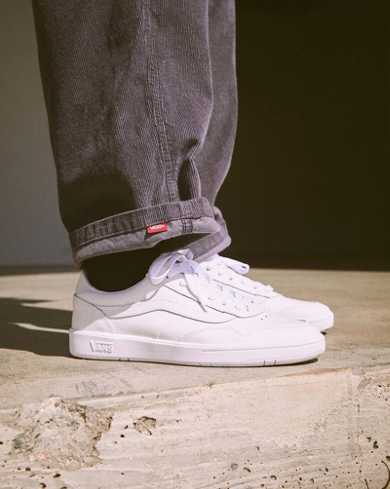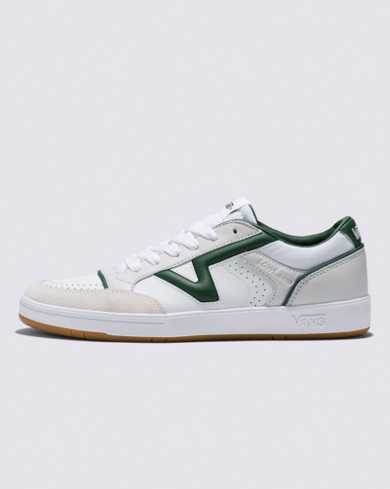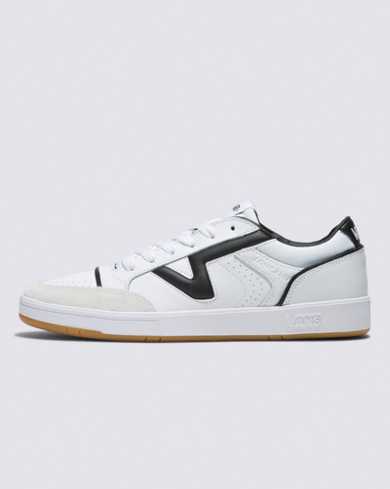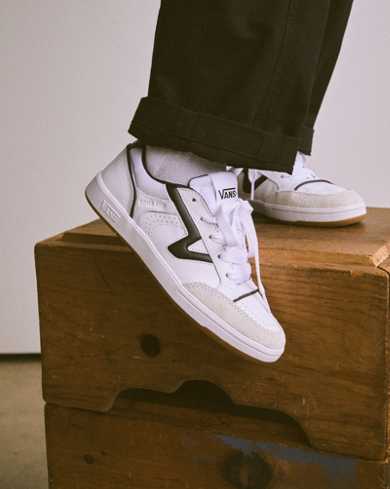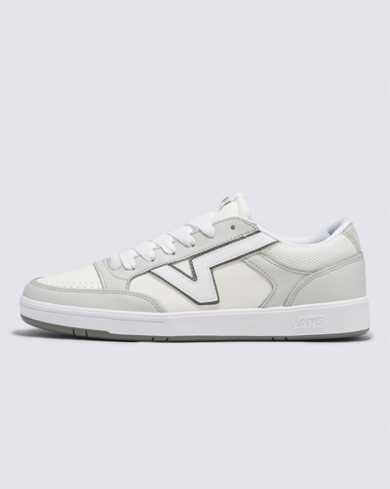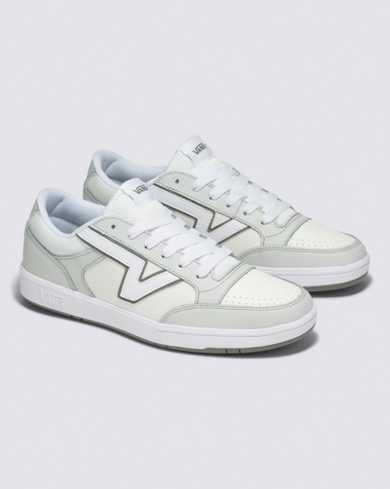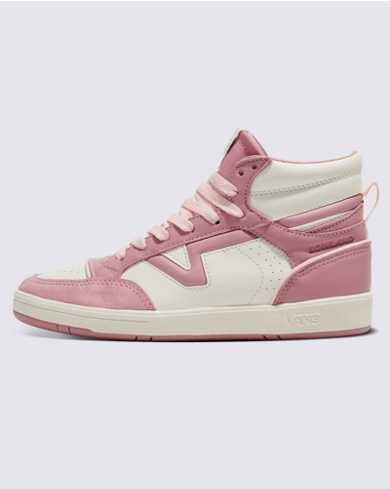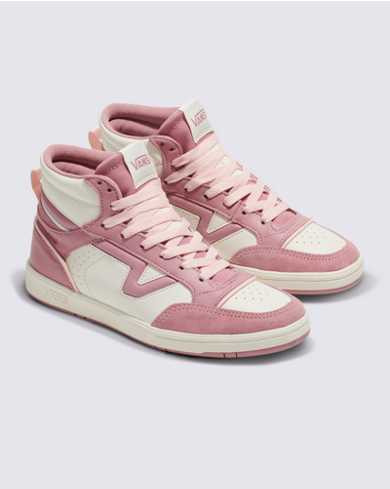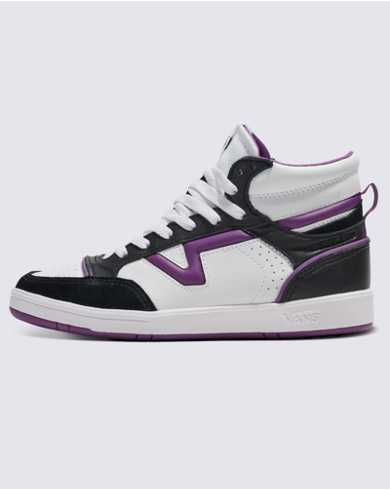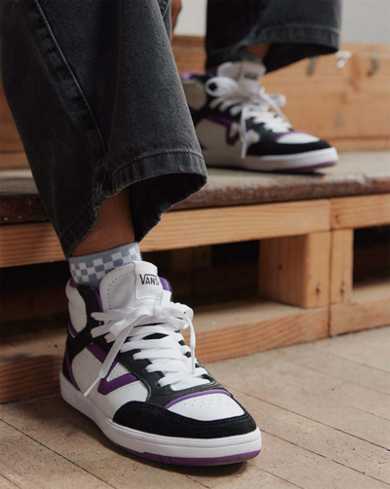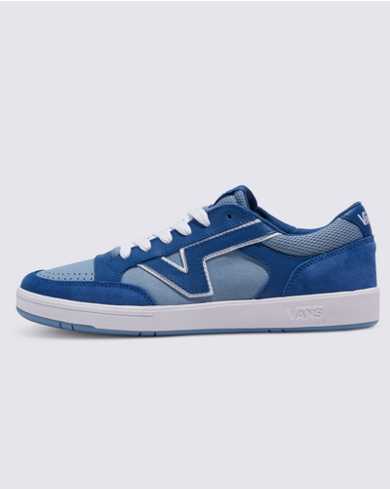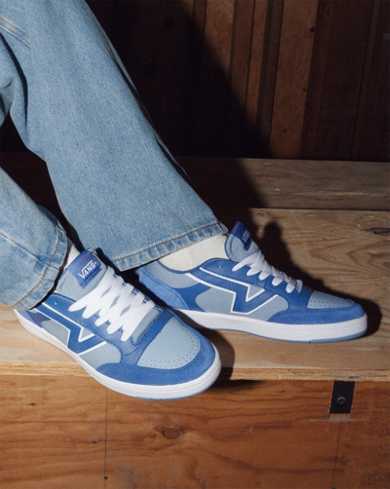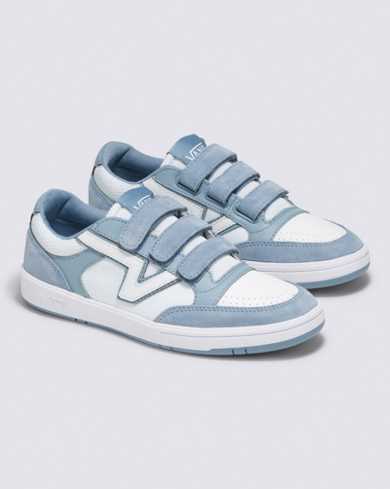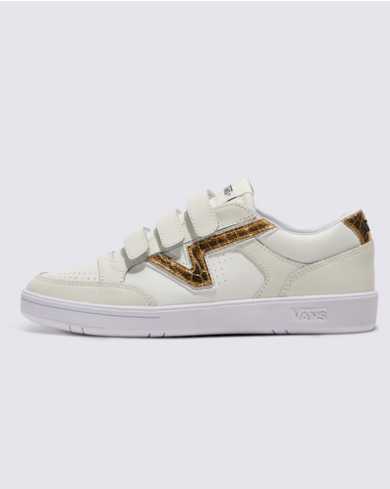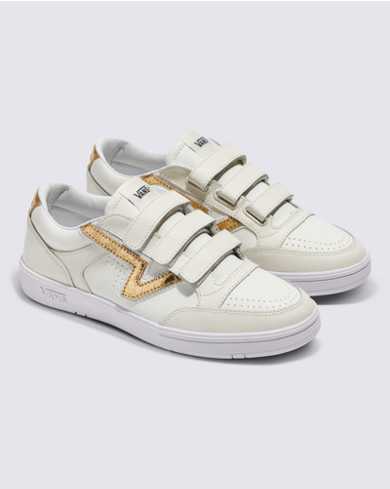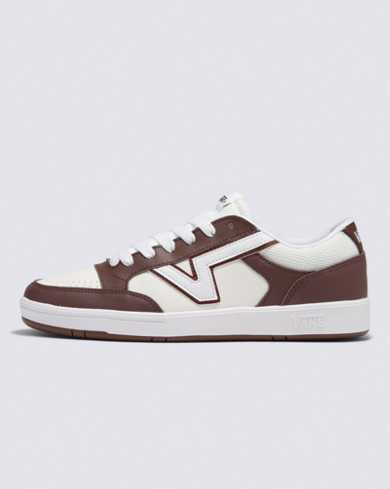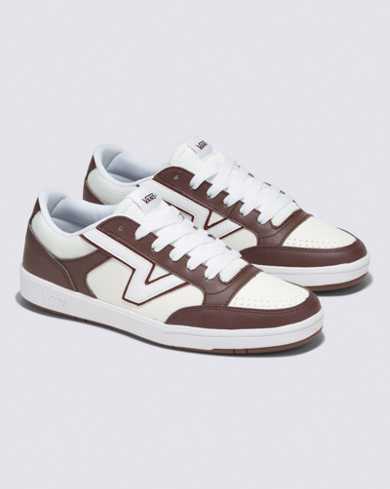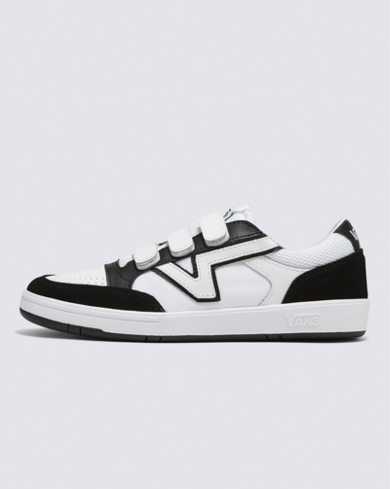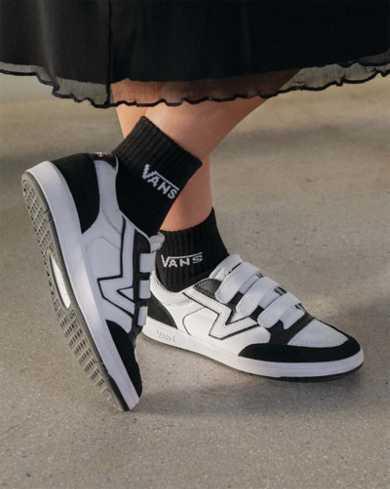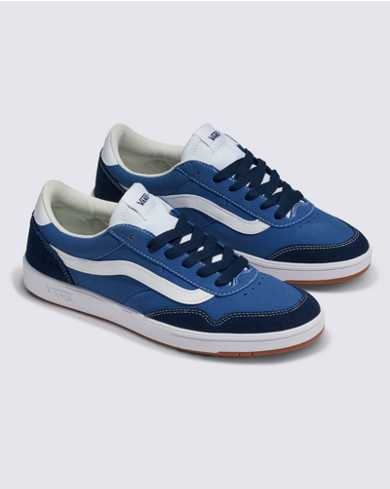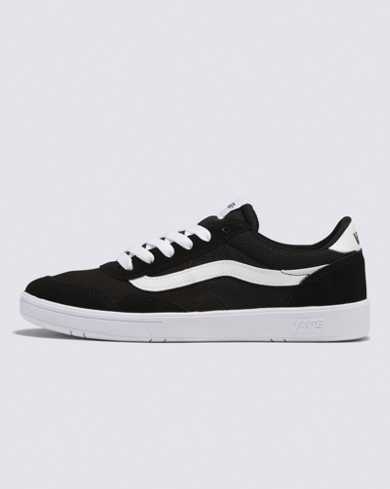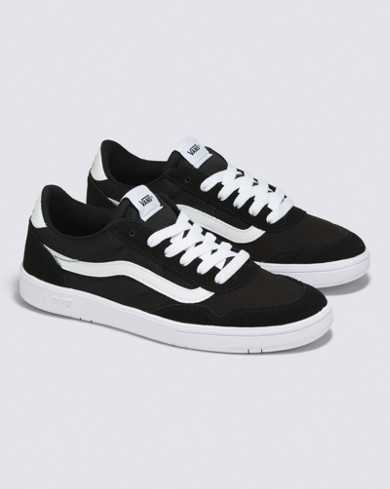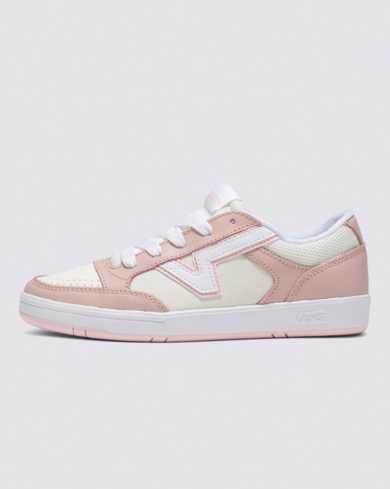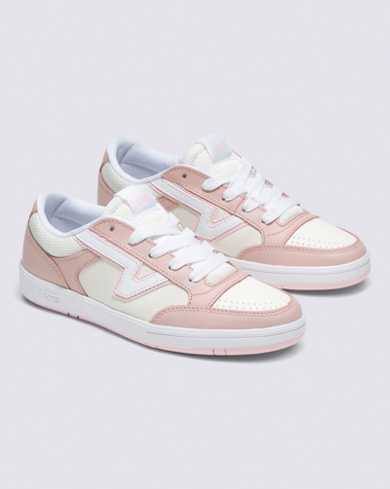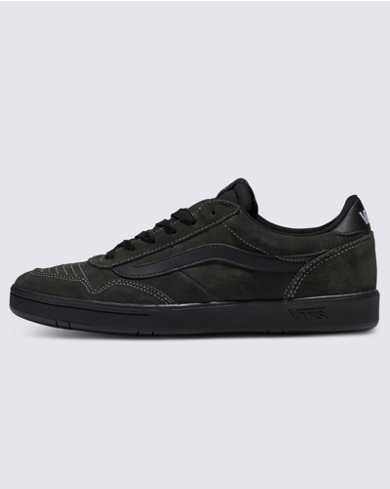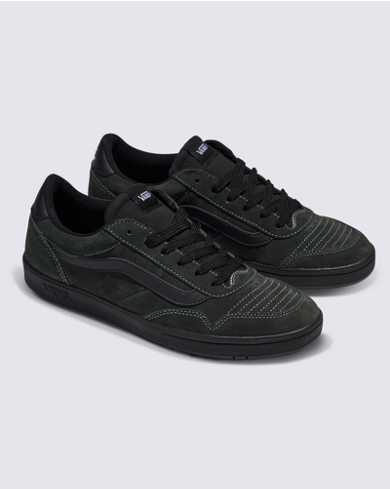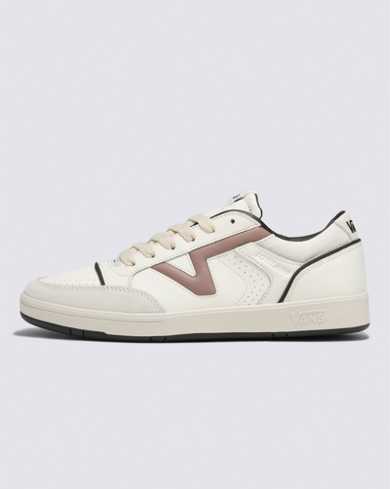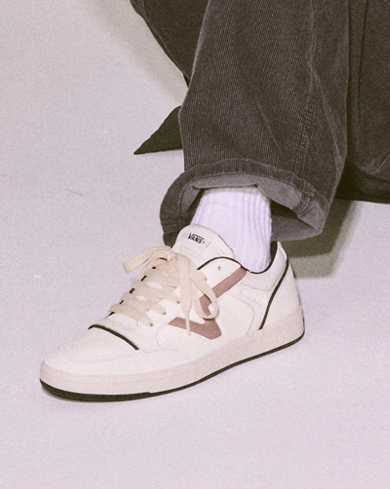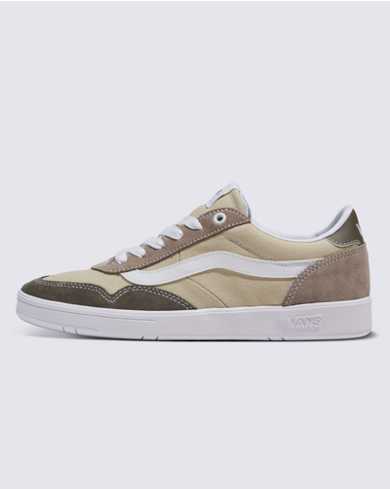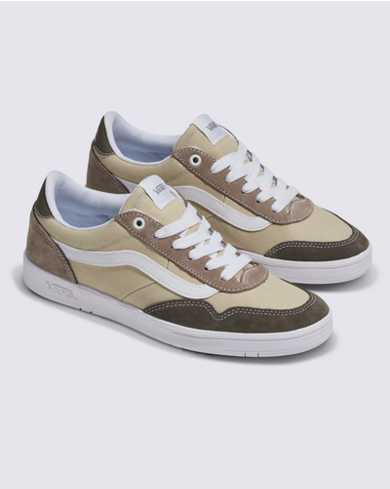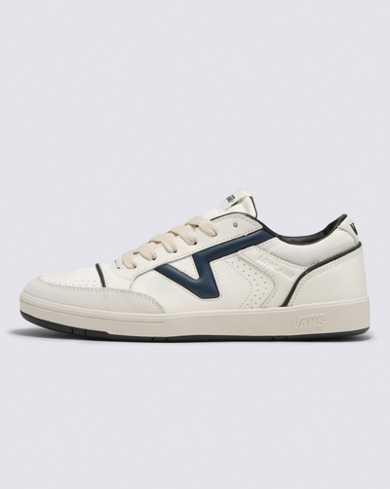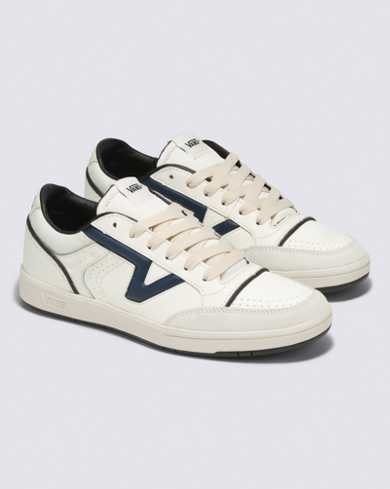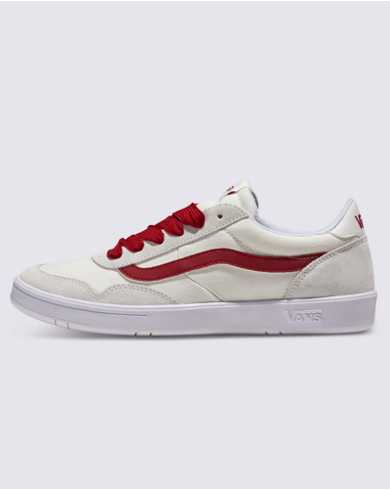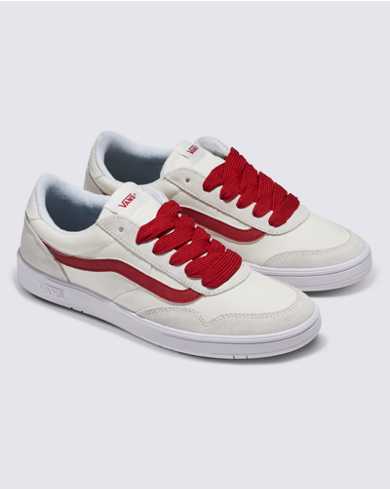ComfyCush
34 Items
ComfyCush Shoes
Want the legendary Vans aesthetic with extra support for unparalleled comfort all day long? Meet our ComfyCush™ cushioned shoes.
Cushioned Sneakers for All-Day Wear
Vans sneakers have been known for their durability and comfort since 1966. Now with our cutting-edge ComfyCush™ technology, you can enjoy all your favorite Vans styles and designs with a softer, cushioned outsole that makes wearing them an absolute breeze.
Love the classics? Try our Old Skool ComfyCush Shoe. With the iconic low-top Sidestripe™, it has all the things you love about the original Old Skool shoe, but with added arch support and a cushioned outsole for upgraded comfort and wearability. Stick with classic black and white or play around with colors and designs like Midnight Floral, French Oak, or True White.
For high-top fans, the Sk8-Hi ComfyCush Corduroy Shoe combines the classic Sk8-Hi silhouette with all of the benefits of cushioned shoes. These are a great option if you’re looking for sneakers with ankle support or arch support sneakers.
Supportive Sneakers for High Performance
ComfyCush™ technology is designed to improve comfort and performance. If you’re spending hours on the half-pipe, working long shifts on your feet, or looking for supportive shoes you can wear day in and day out, our cushioning sneakers are ideal.
The Lowland ComfyCush JMP Shoe was built with an athletic focus in mind. Designed for tennis in the early 80s, it combines retro style with performance. With the added ComfyCush™ technology, it’s even better primed to meet the tough demands of an active lifestyle. Choose from 19 different colors and styles to find your ideal aesthetic. For those who prefer a mid-top style, check out our Lowland Mid ComfyCush JMP Sport Shoe. With a ComfyCush™ outsole, lace-up closures, and supportive padded collars, it’s that same retro style but with tons of ankle support.
Pair Your Cushioned Sneakers with Accessories
Browse our accessories and find the perfect backpack, sunglasses, or beanie to complete the look. Pair your new cushioned shoes with comfy socks. Choose from classic crew, half crew, ankle, no-show, or novelty socks for your perfect fit. Stick with black, white, and gray or play with all sorts of colors and Off The Wall designs.
Browse Our Selection of Cushioned Shoes Online Now
Whether you’re looking for sneakers with arch support, ankle support, or just some extra comfort, the Vans ComfyCush range is the perfect place to look. Browse our collection of ComfyCush cushioned shoes online now. Or, to try before you buy using our Store Locator to find your nearest Vans retailer.
